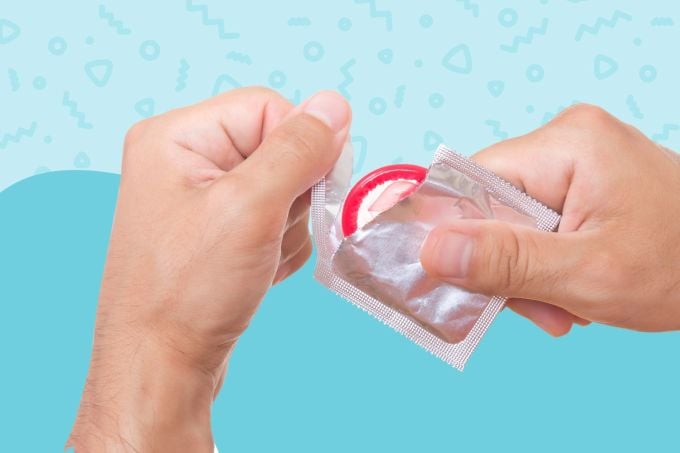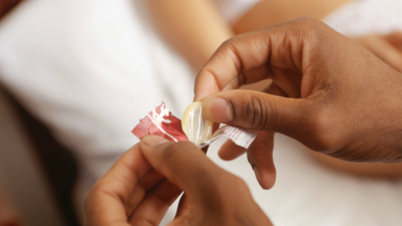Expired condoms are at risk of tearing during sex, causing sexually transmitted diseases or unwanted pregnancy.
Like many other medical products, condoms have a certain shelf life, usually 3-5 years, depending on the manufacturer and how they are stored.
Male condoms are up to 98% effective at preventing pregnancy if used correctly every time. This rate drops significantly if the condom expires. Expired condoms are often drier and weaker, increasing the risk of tearing during sex. So if you use an expired condom, you and your partner are at high risk of unwanted pregnancy or sexually transmitted infections (STIs).
However, if expired condoms are stored properly in a cool, dry place, they can still be relatively safe to use. Using an expired or damaged condom is better than not using a condom at all, especially if you have multiple sexual partners or if you are not ready to conceive. However, if possible, it is still best to choose a condom that is still within its expiry date.

There are several factors that affect the shelf life of condoms including:
How to store: Although many men think it is best to always carry condoms in their wallet or purse, this is not a good way to store them. Condoms will wear out after a long time in a pocket, purse...
Condoms should be stored in a safe place, away from high temperatures and humidity, such as the bathroom, and away from sharp objects. Condoms that get too hot can dry out, making them difficult to use and possibly ineffective. So instead of keeping them in your wallet, use a condom box.
Material : The material of the condom also makes a difference in its shelf life. Natural materials like lambskin degrade faster than synthetic materials like latex and polyurethane.
Natural, latex-free condoms have a shelf life of only one year from the date of manufacture. Latex and polyurethane condoms have the longest shelf life. They can last up to five years and are more resilient to wear than some other types.
Supplements:
Chemical additives such as spermicide can shorten the life of a condom by several years. Latex and polyurethane condoms can last only three years if spermicide is added.
It is not clear whether added lubricants or flavorings affect the longevity of condoms. If you notice signs of wear or an unusual odor, throw the condom away and buy a new one. Using a new condom will give you and your partner the best protection against sexually transmitted infections or unwanted pregnancy.
How to effectively preserve condoms
The ideal storage conditions for condoms are in a cool, dry place, away from sharp objects, chemicals and direct sunlight. You should not leave condoms in your pocket or purse for more than a few hours. Constant shuffling and other friction can lead to breakage, wear and tear and make condoms less effective.
Avoid storing condoms in places with temperature changes, such as near windows, radiators, and in cars. Temperatures above 40°C can weaken or make latex sticky. Exposure to ultraviolet light can damage condoms in just a few hours.
Condom expiry dates can usually be found on both the product box and the individual wrapper. Check the expiry date regularly and replace your condoms before that date. You should also check the condom for any holes by squeezing it and looking for small air bubbles, if any, discard it.
Mr. Ngoc (According to Healthline )
Source link


































































































Comment (0)